Riding Out Typhoon Rose
by Iain Ward
Typhoon Rose was one of the worst storms to hit Hong Kong in the last fifty years. Winds gusted between 130 knots (150 mph) and 150 knots (172 mph) and some 12 inches of rain fell during the storm. Over 150 people were killed (no one knows the exact number) and nearly 6,000 rendered homeless. Thirty-seven ocean-going ships were wrecked and 300 fishing vessels either sunk or irreparably damaged.
In this extract from the anthology Stories from the Royal Hong Kong Police, former marine police officer Iain Ward shares his experience.
In August 1971, I was in command of Police Launch No. 1, Sea Lion, command vessel for Eastern Waters in Hong Kong. She was 111 feet long, weighed 250 tons and had a crew of about thirty. The number fluctuated because of the additional role she had at the time as the fleet’s basic training vessel for those of all ranks joining the command. This was an experimental project initiated by Jack O’Meara, the then Chief Inspector Marine.
For this reason, the ‘permanent’ crew was quite small, about a dozen of us. The original commander when the project started was Senior Inspector Lau Kai-fat, former commander of the Marine Police Training School, and I was attached as his second in command because of my qualifications and experience from my previous service in the Merchant Navy. Between us we picked our deck sergeant, Li Hing-man, the bosun, the three senior coxswains and the senior engineers. The chief engineer and the cooks came with the ship! Everyone else on board was brand new to the command and would spend a month or two with us before moving on to other postings in the fleet. In fact, Lau Kai-fat himself only lasted a couple of months in charge before Jack O’Meara found he couldn’t do without him at Marine Headquarters and I was left (very happily) as both OC Launch and assistant sector commander; a unique position for a two-pip inspector at that time.
In the days before the typhoon struck we had, unusually, been deployed in the western area of Victoria Harbour to prevent the intimidation of cargo workers on ships by communist activists (a big problem at the time). We couldn’t conduct our usual training exercises there because we were on constant standby for callout but we were aware of Typhoon Rose in the offing (typhoon signal No. 1 had gone up on the 14th August) so we had used the time to get out the typhoon moorings and train our young marine policemen on the handling and maintenance of heavier gear than they normally dealt with day to day. Sea Lion was well equipped in this respect, being issued with special composite mooring hawsers (known as ‘hurricane hawsers’ in the Royal Navy) made up of doubled eight-inch natural fibre ropes combined with three-inch wire tails so that she could be made secure in a more restricted area than that needed to swing freely round a buoy. We would not have this luxury: Aberdeen Harbour, where our typhoon moorings were located, was one of the world’s most crowded, being home to some 20,000 fishermen and boat people aboard 3,000 junks on an ordinary day, let alone when there was a typhoon in the offing.
Despite our preparations, we weren’t very worried about Rose to start with; she appeared to be heading well south of Hong Kong. I don’t remember being particularly worried even when No. 3 signal was hoisted on the morning of August 16th, although I requested permission to leave Victoria Harbour to lay in extra rations ‘just in case’. In fact I just wanted the crew to have a chance to go for a yum cha (snack) after what had so far been a pretty boring trip. So off we went to Sok Kwu Wan on Lamma Island, where most of us headed off to the nearest tea house. Our cups were barely raised to our lips when the duty fei din (radio operator) came panting in to say that No. 7 signal had just been raised and that Typhoon Rose was now heading directly for Hong Kong. On the way back to the ship I met my cook, Lee Shing-on, with a huge bundle of noodles that he had bought at the local store; something that we were all to be very grateful for later.
At Aberdeen Typhoon Shelter we were the senior vessel for both South and East Sectors as our sister ship PL2 Sea Tiger, the command launch for South Sector, was in dock. There were altogether four police vessels there that day: Sea Lion, PL28 Sea Roamer, PL29 Sea Rider (70ft patrol launches) and MD29, a 67ft Marine Department vessel painted in Marine Police colours and on full-time loan to the fleet. The combined crews added up to nearly 70 men. PL28, PL29 and MD29 were all South Sector vessels and soon after we arrived at Aberdeen, Colin Reigate, the South Sector commander, came out from the local operations base on PL25 (a 20ft harbour patrol boat which was later sunk by the typhoon) to check their moorings. The other East Sector vessels (two 70ft patrol vessels and the Sai Kung Harbour patrol launch) had already found safe havens up on the east coast, so I was able to concentrate, with the able assistance of Li Hing-man, on snugging our own ship down for the trial to come.
We had lowered our dory (a useful heavy work boat) on the way into the typhoon shelter, so were able to make fast with slip-ropes between our designated mooring buoys fairly easily (or rather between Sea Tiger’s buoys, as there were at least a dozen fishing boats already made fast to ours). We then (very carefully) lowered the starboard anchor into the boat, broke the chain cable and shackled it to the ring on the buoy. The anchor itself was then hoisted back aboard and lashed down on the afterdeck. The heaviest of the composite mooring hawsers was then led through the bullring at the bow and shackled to the buoy, the pins on both shackles being moused with seizing wire.
At the stern, composite hawsers were led from each quarter and shackled in the same way to the after buoy. Once their lengths had been adjusted so that all the hawsers were taking an even strain, the wire turns round the bitts were lashed in place with light line and the starboard anchor cable walked back on the windlass until the catenary almost reached the bottom of the harbour (to dampen ‘snatch’ strains on the bow cable). We then hoisted the boat and lashed that down as well before walking round to check that all the awnings and anything else that might be at risk was safely stowed or securely lashed in place. The last things to be securely stowed below decks were the light machine guns from the bridge wings and the heavy 0.5-inch machine gun from its mounting on the main deck; we certainly weren’t going to need those over the next few hours! I now felt we were about as ready as we could be and Li Hing-man and I went for a beer in the wheelhouse while the cooks prepared an early supper for everyone. It was to be the last beer we were able to enjoy for quite a while.
As the day wore on, the gusts of wind grew stronger, mainly from the east so that to start with we were protected from the worst of them by Brick Hill. Our launches were moored in a line abreast, all pointing roughly north with our sterns to the new sea wall across the harbour entrance and the open sea beyond. Thus, as the wind backed towards the northeast after the No. 9 signal was hoisted at 9.10 pm, the full force of the gale was channelled down Wong Chuk Hang valley to strike us on the beam. The gusts became almost continuous, impossible to stand against as they picked up spray from the harbour which combined with the driving rain to smash against our windward side like huge white hands. With nothing much to do except trust in our moorings, it could have been frightening for our trainees had it not been for Sergeant Li and the other old hands in the crew who did a marvellous job keeping up their morale and finding ‘essential’ work for them to do.
By the time the No. 10 signal was hoisted at 10.50 pm the whole typhoon shelter was a maelstrom of white water and spray, and the gusts on the beam were heeling the ship over to port quite worryingly. Pleasure craft were being torn from their moorings and came spinning past us out of the darkness and then on towards the coast of Ap Lei Chau Island, while the fishing boats that were relying on their anchors were beginning to drag and becoming a potential problem. Luckily, we had some big fenders and we lashed them along the gunwales in strategic places, a difficult job in the conditions and no doubt made more awkward by my order that everyone with duties on deck should wear a lifejacket.
The winds steadily got worse and sometime after midnight there was a power cut ashore which took away all our points of reference. Our moorings appeared to be holding well however and the crew was in good heart, the biggest worries in my mind being the danger of a fishing boat smashing into us and the heeling of the ship under the wind pressure on the starboard beam. This took the form of sickening lurches as the gusts hit us, and as they increased in strength and frequency the vessel often didn’t have time to return to the vertical before the next one hit.
Finally, at about 1.30 am, a series of gusts hit us that pushed the ship over to about 15 degrees. She hung there, then lurched further – and then further. I was in the wheelhouse with a coxswain, a trainee and the radio operator and our wonderful cook, Mr Lee, who had just brought us bowls of noodles which had been placed on the ledge by the bridge windows. I remember looking up at the starboard wheelhouse door and then watching the bowls of noodles leaving their ledge and hitting the port bulkhead several feet away instead of the deck. At that moment I really thought she was going to go over.
But she didn’t. She suddenly straightened up and the heeling stopped. A moment later I found out why, as the lookout posted on the afterdeck came running to report that the after moorings had gone. I checked the forward moorings with the Aldis lamp and saw that the mooring hawser was bar-taut but led straight down into the water – there was no sign of the buoy. For the moment I couldn’t work out what had happened; the buoy might be dragging or damaged or both. All around was still utterly black with no visible reference of any kind, but there was no doubt that our position had changed as the wind was now on the bow and still blowing at hurricane strength. The fishing boats around us were in chaos, smashing into each other and moving en masse towards us as the wind drove them. It was quite a worrying moment.
The ever-dependable Li Hing-man appeared and I asked him to take a party and drop the port anchor underfoot in case we lost the forward moorings while I checked the situation aft. There the situation was even more confused. Again there was no sign of the buoy and the mooring hawsers, which were still taut, led straight under the counter. At the time, because of the report that the after moorings had parted, I concluded (incorrectly) that they must have snagged the propellers in some way, which meant that we daren’t use the engines to lessen the strain on the forward moorings. But I didn’t have long to think about it before another problem reared its head. Having originally been moored on our port beam, PL29 was now almost directly astern of us with a mass of big fishing boats rolling and battering at her port side. She was already dismasted and as I watched I could see all the awning stanchions and the big engine room vents being smashed by the fishing vessels’ high poops.
Li Hing-man came to report that the port anchor was down and from the feel of the cable he could tell that we were holding position. This was good news but we didn’t have long to enjoy it because at that moment many of the fishing vessels that had originally made fast to the other government buoys broke free and bore down on us, driven by the screaming, deafening winds that were still blowing well in excess of 100 knots. Half a dozen of them hit us, in most cases glancing blows because of our change in attitude to the wind but still causing damage to the gunwales and facing plates around the upper deck. Two of them managed to grapple on to us and in fact stayed with us until dawn, but the rest carried on and slammed into PL29’s starboard side. In moments the wheelhouse was smashed in and I began to seriously worry about the crew. None of them were in view; they were obviously holed up in the engine room and in the forward crew accommodation below deck. At least the hull seemed to be holding up under the battering which gave us time to deal with the next problem: PL28.
Our change in position had actually been caused by our typhoon buoys dragging, although the succession of events after that had been so swift that we had not had the time to properly assess what had happened. One effect of the dragging had been that our stern buoy had got entangled with PL28’s forward buoy and pulled it out of position so that the strain on the launch’s moorings was intense. Also she was now as vulnerable to the fishing junks being blown down on us as PL29 (remember that through all this the wind was at hurricane strength, visibility was virtually nil and the rain torrential, flying at us horizontally with the force of bullets).
Her OC, Sergeant Wong Yin-sum, acted swiftly and decisively, cutting his stern moorings with the galley chopper and using his engines to swing the launch parallel with us so that we could get lines aboard and haul her alongside to make fast on our port side. Our trainees got a lot of practical rope work experience that night.
By about 2.30 am the winds were still gusting as strongly as ever but there was the occasional lull when wind strength would drop to 50–60 knots or so. PL29 was still being battered and we could see that the whole roof of the forward superstructure in way of the radio cabin and the OC’s cabin was starting to lift off. During one of the lulls someone opened the foredeck escape hatch from the crew’s quarters and waved, and I decided to seize the moment to try and evacuate the crew. As she was directly downwind of us we were able to get a heaving line across to her and used that to transfer a heavy mooring line which her crew made fast to the big brass bitts on the foredeck. We then used our afterdeck capstan to haul her closer by main force; in hindsight I shudder to think of the strain we were putting on the gear but I could think of no better way to do it in the circumstances. We then took the whole crew off over our stern with a lifeline on each man as he made the transfer. Once they were all aboard and accounted for we slacked the mooring line off but kept it made fast. I also posted a couple of men to keep a constant eye on her; she was in an awful state but she was still afloat with fishing vessels all around her and I was very aware that she had a full outfit of stores, arms and ammunition aboard.
We then at last had time for a cup of tea and some of Mr Lee’s excellent noodles – as, indeed, did the crews of PLs 28 and 29 and quite a few of the fishing families from the vessels made fast to our starboard side (Mr Lee performed wonders that night and I later put him up for an official commendation). Happily, everything held together for the rest of the night although we had to keep battened down for several more hours. But the wind slowly subsided and No. 10 typhoon signal was replaced by No. 6 at 4.40 am. It in turn was replaced by No. 3 at 9.15 am. Come the dawn we were able to work out what had happened: our moorings had in fact held perfectly and came off easily when we slacked them off to replace them with slip ropes. It was the typhoon buoys that had shifted; torn from the sea bed by the sheer force exerted by the ‘supreme winds’ when they took us on the beam at the height of the storm.
And boy, were we glad that they had!
Postscript: The coming of the dawn and the lessening of the typhoon winds were not, of course, the end of the story for the tired members of Sea Lion’s crew. The seas outside Aberdeen were still huge, and we had a long list of distress messages that had come in during the night (and were still coming in) to check out. In some cases we were able to help; in others all we could do was collect the bodies. The aftermath of any typhoon leaves a long shadow and the effects of Rose were more far-reaching than most. Our story is just one of the many that came out of that long, long night.
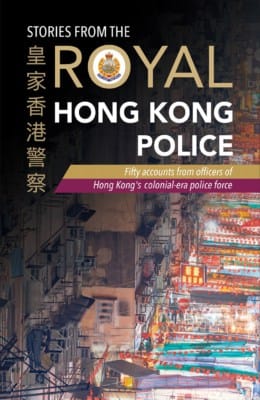 Fighting to survive on a police patrol launch during a typhoon, and investigating a murder by a Vietnamese gangster in a refugee camp. Battling riots during the Cultural Revolution, countering drug smuggling and pimping by the triads, and dealing with bank robbers in a hostage situation. These are just some of the stories told in this riveting compilation of personal experiences of former Royal Hong Kong Police officers.
Fighting to survive on a police patrol launch during a typhoon, and investigating a murder by a Vietnamese gangster in a refugee camp. Battling riots during the Cultural Revolution, countering drug smuggling and pimping by the triads, and dealing with bank robbers in a hostage situation. These are just some of the stories told in this riveting compilation of personal experiences of former Royal Hong Kong Police officers.
In 1997, Hong Kong returned to Chinese sovereignty after 156 years of British rule. This collection of no-holds-barred accounts by some 50 individual police officers, put together by three former colleagues, illustrates the last decades of the colony’s colourful history. This is what life was really like on the front line.
Read more at Stories from the Royal Hong Kong Police: Fifty accounts from officers of Hong Kong’s colonial-era police force.
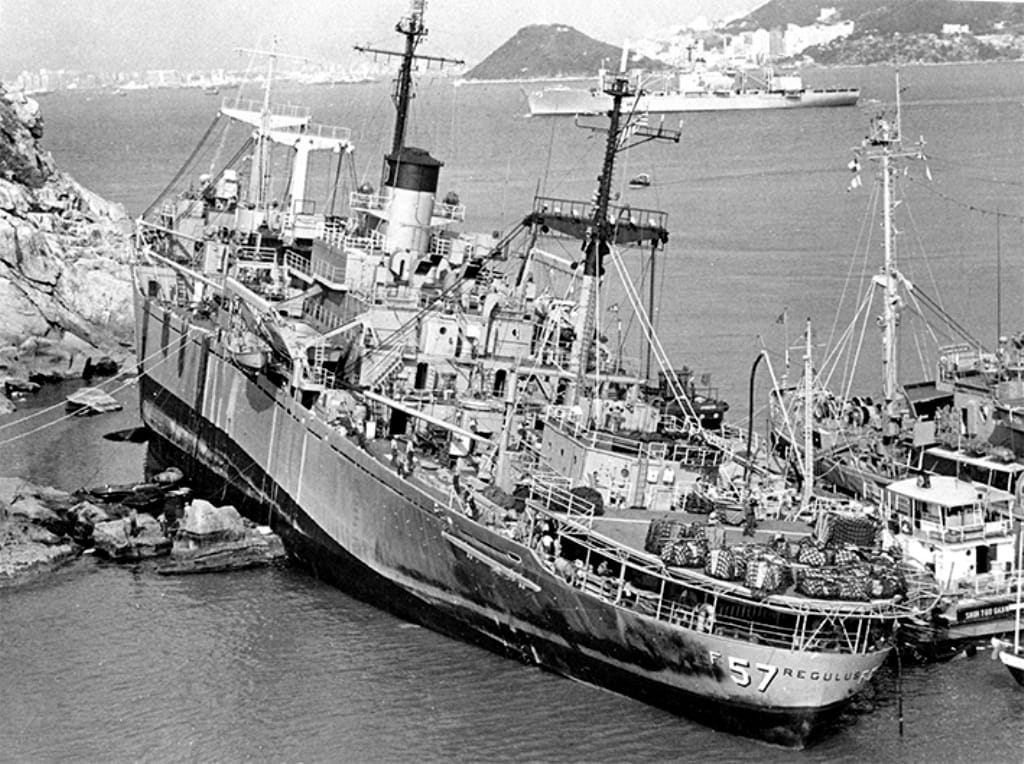
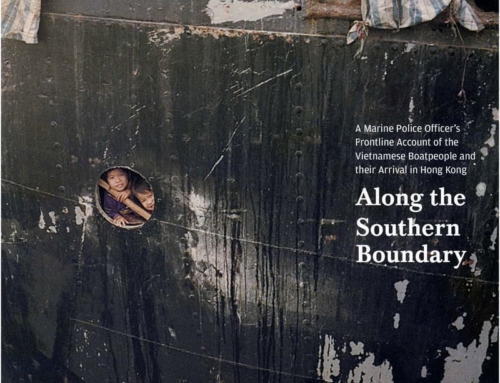

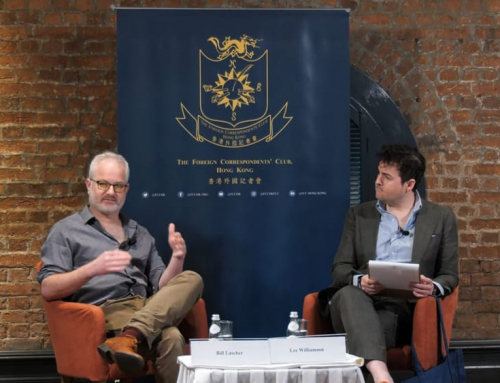
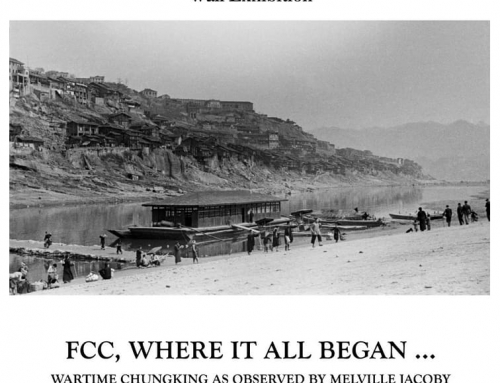
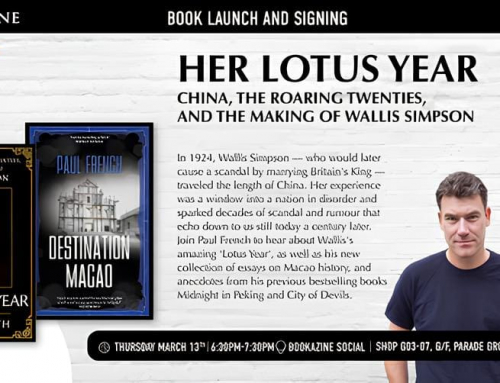
Leave A Comment